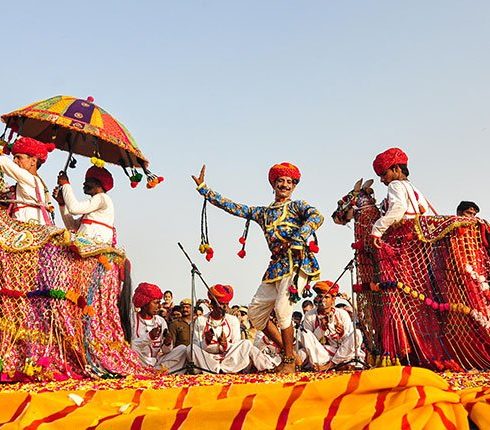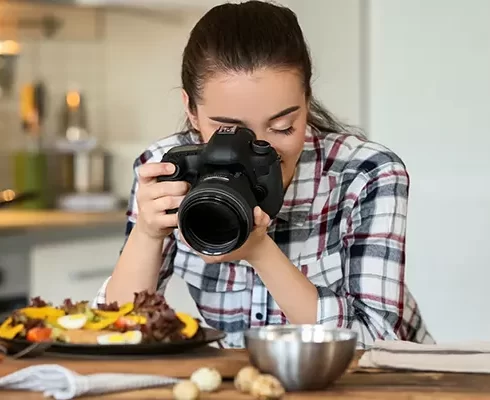7 Tips for Taking Better Landscape Photos
If you are a landscape photographer, you probably spend a lot of time out in the field. It can be lonely, but it’s also peaceful. Just you, your camera, and nature. The only thing that can make it better is taking some great landscape photos. This blog will look at some of the best landscape photography tips.

1. Location
Taking landscape photos can be a challenge. You need to follow certain rules, like the golden hour, the rule of thirds, background, elements, and more. If you break these rules, it creates a bad and unbalanced shot.
If you want to take better landscape photography, you need to know how to take them in the right environment. This blog will give you a few tips on how to get the right location for your photography. Sunrise or sunset ?

If you want to take good landscape photography, you need to know when to take it. If you are looking for a sunset picture, head to your location about an hour before sunset. This is a popular time for photographers because you will have less of a crowd. If you are heading out in the morning to take pictures, make sure you do.
2. Camera Lens
In photography, there are different lenses for different types of photos. For example, there are wide-angle lenses for landscape shots and telephoto lenses for taking close-ups of objects.
When you’re shooting landscapes, it’s important to use a lens that will capture as much of the scene as possible. A wide-angle lens is perfect for this because it allows you to get closer to your subject while still capturing the entire view.

3. Camera Angle
When you’re out taking landscape photos, there are a few camera angles that will help you capture the scene in the best way possible. If you’re shooting from a low angle, you’ll be able to show more of the foreground and emphasise the depth of the landscape.
Shooting from a high angle can give your photo a more dramatic effect, as well as make the landscape seem more expansive. You can also try using a sideways angle to capture more of the texture of the land. Whichever angle you choose, make sure to adjust your camera’s settings accordingly so that you get the best shot possible.

4. Use the best Light
Using the right light is critical for taking good landscape photos. The great thing is that it’s easy to understand how to use light to improve
your photos. It’s easy to focus on the big pieces of your landscape photography, but you also want to consider what kind of light you’re working with.
When you visit a beautiful place, you want to photograph it. The best way to capture the beauty of the scene is by using light wisely. Whether the place you visit is a beach, a mountain, or an urban landscape, the best photos are taken using the best light.

5. Carry a Tripod
Landscape photography is a popular pursuit, but even great photographers can struggle to get the shot they want. A tripod is a good solution to this, but most photographers don’t invest in a tripod because they either don’t know how to use it or they think it will limit their creativity.
If you’re serious about taking better photos on your next vacation or over the weekend, consider getting a camera tripod. Carrying a tripod can help you take better photos. It provides the stability you need to take crisp photos of distant subjects.

6. Use Neutral Destiny and Polarizing Filters
Landscape photography is all about capturing beautiful scenery in wonderful natural colours and neutral tones. In order to do this, there are certain filters that will help you achieve this.
Using lighting and camera equipment to capture the perfect landscape photo is not as simple as it seems. Every landscape photographer is looking for a technique that would make it easier to capture their vision. Most importantly, you need to have the right tools on hand to achieve this. Having a neutral density filter and a polarizing filter on hand can be the difference between an average landscape photo and a unique shot.

7. Use the Histogram
Landscape photography can be tough. The f-stop on your camera can’t handle low light levels, and your ISO is at its highest. This means that your camera sensor can’t take in much light, which hurts your image quality.
You need to get that f-stop down lower and that ISO down higher, but how? You could try using a faster shutter speed and a tripod, but you would also need a wide-aperture lens. Luckily, there’s another option, and you can use the histogram.

Conclusion
The landscape is the perfect place for photographers to practice their craft. There are a lot of elements that you need to capture in a landscape photo. This blog has some of the best tips and tricks on how to take better landscape photos.







